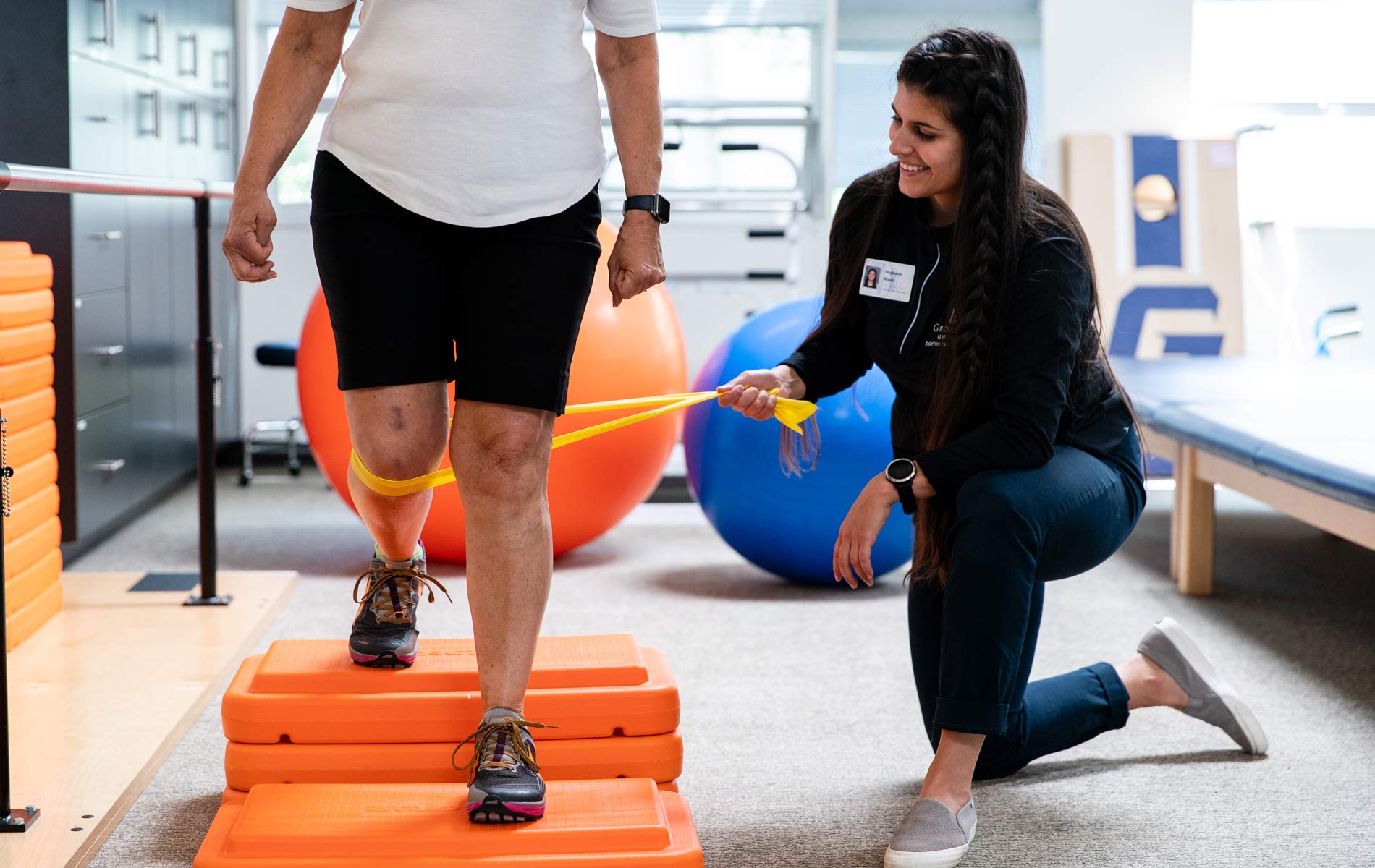One of the key advantages of using FMS in rehabilitation is its capability to pinpoint particular areas that need improvement. For example, if a client struggles with squat movements or lunging, it may suggest a lack of flexibility in their hips or ankle joints. This information allows clinicians to formulate personalized fitness regimens that highlight correcting these shortcomings. As a result, patients are more likely to recover their power and functionality, which is essential for resuming to daily tasks or sports.

Implementing efficient FMS procedures can also help avoid future harm. Many injuries happen due to poor mobility mechanics or overuse of specific muscle groups. By evaluating patients before they start a recovery plan, therapists can identify risks and establish strategies to reduce them. Informing patients about appropriate movement mechanics and enhancing weak areas can lead to sustained benefits, promoting that they stay active and healthy.
Additionally, the use of FMS can enhance communication between healthcare professionals and patients. When clients witness their movement patterns assessed and clarified, they gain a better understanding of their rehabilitation process. This transparency fosters confidence and motivates patients to take an engaged part in their address recovery. By involving patients in their recovery journey, they are more likely to adhere to prescribed exercises and lifestyle adjustments that support better outcomes.
In conclusion, improving recovery results through effective functional mobility assessment procedures is essential for both clients and healthcare professionals. By accurately assessing mobility patterns, therapists can create tailored rehabilitation plans that meet individual requirements. This not only facilitates in recovery but also assists avoid helpful hints future injuries. As patients become more involved in their rehabilitation journey, they are likely to attain their goals and maintain a healthy, active way of living.